Renewable energy investments in Asia have grown on an average 23% annually since 2004, reaching $345 billion in 2022—finds a study by Zero Carbon Analytics. The region accounted for 65% of the total $532 billion global funding on renewables in 2022.
Asia’s wind and solar capacity has also grown exponentially at 35% per year since 2015, outpacing Europe’s annual RE growth rate of 29% and North America’s 27%. Its installed wind and solar energy capacity touched 1,029 GW in 2022, constituting 52.5% of the global RE installations, according to the study.
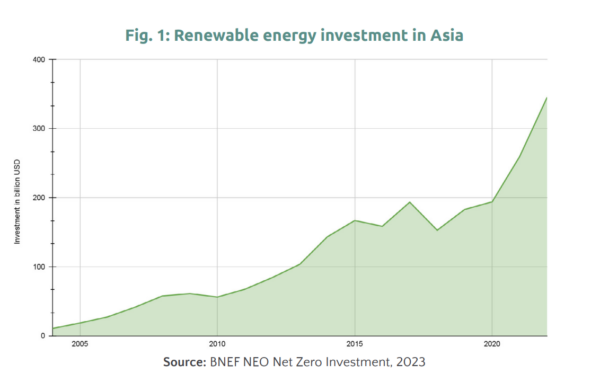
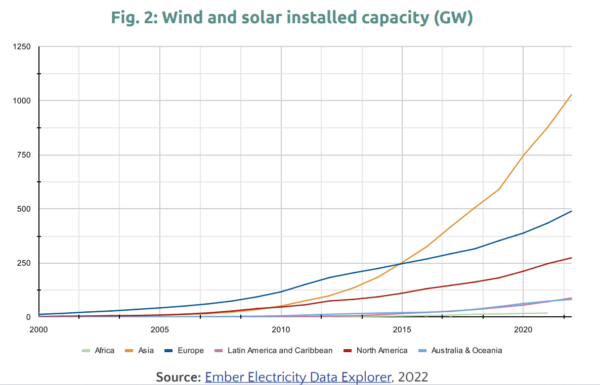
The report highlights the region’s RE capacity expansion was primarily driven by China, India, and Vietnam. While China doubled its wind capacity about every 1.5 years and its solar capacity about every 2.5 years, India grew its wind capacity by over fivefold and nearly doubled its solar capacity between 2016 and 2022.
Vietnam’s solar capacity increased by 18,380% between 2018 and 2022 and the nation wants wind and solar to meet 31% of its energy needs by 2030.
The report states the adoption of renewable energy in Asia is closely tied to significant cost reductions over the past few years, driven by technological advancements, economies of scale, and more resilient supply chains. The Levelized Cost of Electricity (LCOEs) for renewable sources, including onshore wind, offshore wind and solar, has decreased by more than 60% over the past 10 years. The report authors expect the declining price trend to continue.
Aarti Khosla, director, Carbon Copy, said, “Asian economies like India, China and Japan are becoming all the more pivotal for global growth especially as the Asian continent is set to contribute about two-thirds of all global growth. As domestic energy consumption will increase off the back of major infrastructure developments and large manufacturing pushes clean energy should be the crux of development. This will assume even greater significance especially with global energy security threatened with defence issues, as well as economic difficulties being faced by many countries across the world.”
The report ‘A driving force: Asia’s Energy Transition’ is the third in a series of reports looking at evidence of the pace of growth in the clean energy transition. It builds on several pieces of research on exponential systems change released by RMI, Systems Change Lab and others this year.
This content is protected by copyright and may not be reused. If you want to cooperate with us and would like to reuse some of our content, please contact: editors@pv-magazine.com.
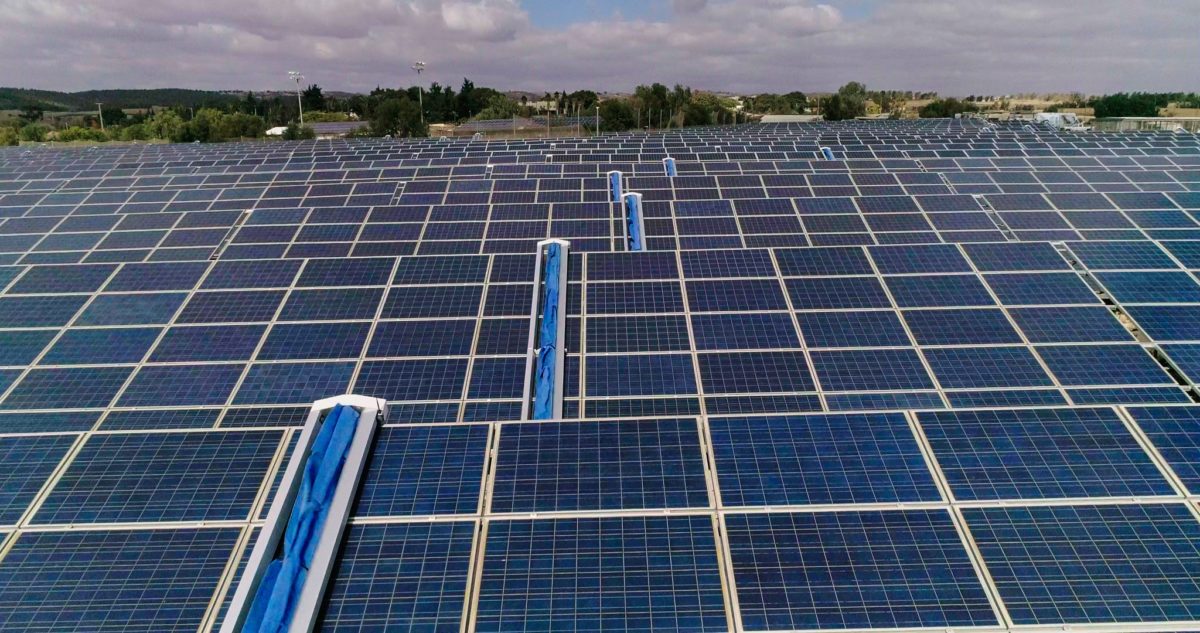




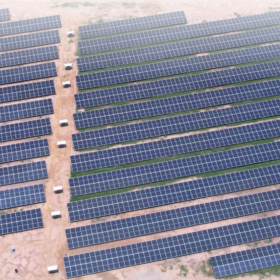
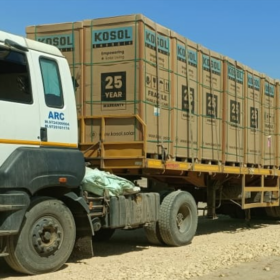

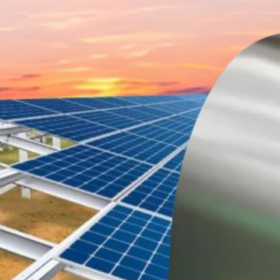
By submitting this form you agree to pv magazine using your data for the purposes of publishing your comment.
Your personal data will only be disclosed or otherwise transmitted to third parties for the purposes of spam filtering or if this is necessary for technical maintenance of the website. Any other transfer to third parties will not take place unless this is justified on the basis of applicable data protection regulations or if pv magazine is legally obliged to do so.
You may revoke this consent at any time with effect for the future, in which case your personal data will be deleted immediately. Otherwise, your data will be deleted if pv magazine has processed your request or the purpose of data storage is fulfilled.
Further information on data privacy can be found in our Data Protection Policy.